Words and images Daniel O’NeillDate 31 August 2022
In recent years, there has been a major increase in demand for ecotourism and wildlife-based travel experiences. This increased interest in the natural world is exciting and hopeful but engaging with wildlife—especially the captive kind—carries a responsibility to ensure our presence is positive for the animals and their environment and doesn’t cause them harm.
Many of these attractions falsely advertise themselves to be ethical or conservation focused so asking the right questions and knowing how to research is vital.
There are parks and wildlife sanctuaries that use the revenue supplied by tourism to pay for the upkeep of their facilities, raise funds for conservation initiatives, or help local wildlife. Unfortunately however, many others rely financially on circus performing, canned hunting (trophy hunting), or even resort to harming or starving captive animals when visitors aren’t present to make them appear more engaging.
When searching for where to ethically engage in wildlife and conservation experiences, it’s important to consider where the animals have come from, why they are in captivity (if they are), what they are expected to do for tourists when they visit, and what their life might look like in the future.
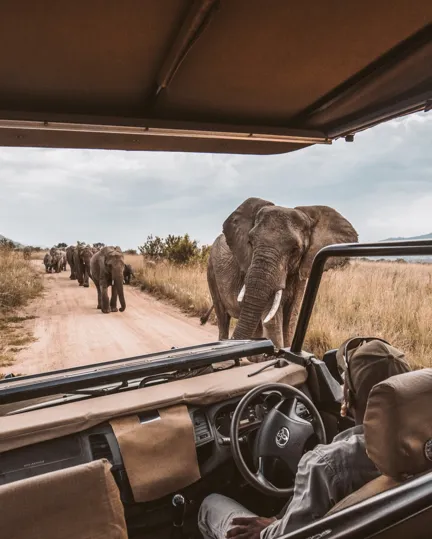
The closer we can get to wild animals, the more we endanger them Image by Charlie Red
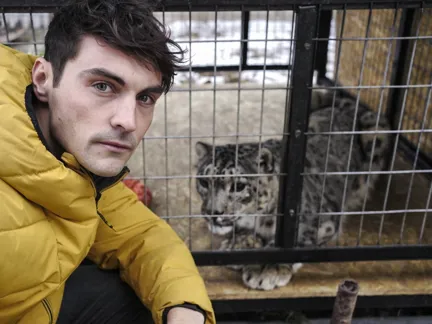
Daniel O'Neill A wildlife television presenter, film director and zoologist
This story was created by our partner, Trippin, an independent platform that connects travel, culture, and creativity to empower people to travel with more purpose. Stay tuned: Over the next few months, we’ll be enriching our Culture Journal with their stories.
You may well have already heard this advice before, but never engage with these unacceptable wildlife-based experiences, regardless of the situation:
In the case of any of the above, drugging and/or cruelty are usually involved to make them possible. Avoid it, always. Read reviews and don’t ignore the negative ones. Only through making cruel operators accountable and visible can we make it unprofitable.
There are countless local communities around the world that rely on international tourism for their livelihoods. For example, the Rewa community in Central Guyana make a large part of their income from visitors, of which they receive around 200 per year. Losing this revenue would mean they would struggle to afford vital medicines, supplies, and education for their children without seeking alternatives.
If traveling abroad, there is always the question of the ethics of flying and rightly so—long haul flights do emit dizzying carbon emissions. But simply avoiding air travel isn’t necessarily always as ethical as it may seem on the surface. The Rewa community owns the surrounding forest, currently over 350 square kilometers, and have applied for ownership of a further 350 square kilometers of adjacent state land. This forest could be absorbing as much as 70,000 tons of carbon each year (according to Kevin Rushby’s myclimate.org calculations) and with the 200 yearly visitors (half of their maximum quota) traveling from an average distance equal to that from the UK, a cost-benefit analysis suggests that it could even be a sound ethical choice to fly.
Research has long suggested that the archaic fortress conservation methods of the past (which involve removing local communities from conservation areas) are less effective strategies for long term successful conservation of protected areas. Communities engaging in ecotourism operations need to be supported enough for them to reject the destructive offers from logging, mining, plantation, and cattle ranching companies offering significant sums of money for their land.
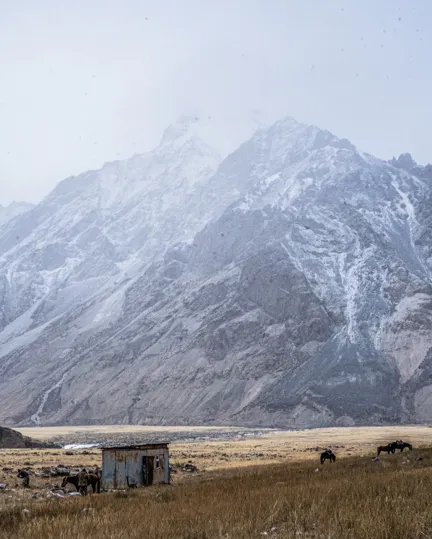
A major increase In demand for ecotourism and wildlife-based experiences
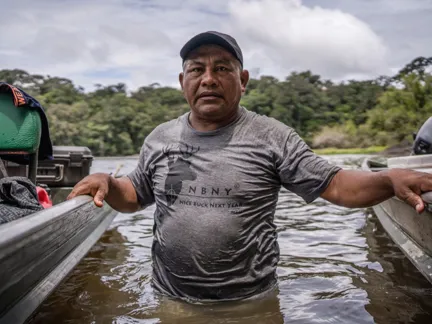
Neville Moses On an expedition up the Rewa river with O'Neill
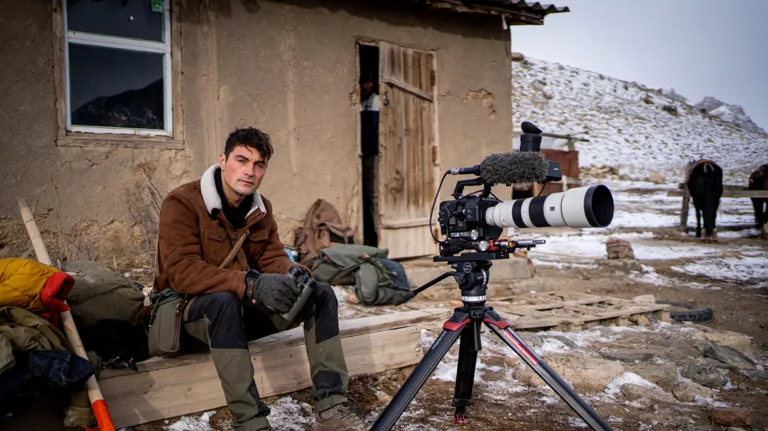
Video journalist O'Neill is a presenter for BBC Earth
When looking for wildlife-based tours, especially all-inclusive deals, consider doing some research to find single operators working in tandem with conservationists or scientists. This way, it is likely there will be more people sitting at the ideation table thinking about ethics than profit.
Wild Expeditions, operated by wildlife camera operator Chris Beard and expedition leader Becca Jevons, is working directly with Kuban Zhumabai-Uulu, founder of the Snow Leopard Foundation, Kyrgyzstan to create a snow leopard spotting expedition tour that has its roots in supporting local people and animal conservation, with minimal impact on the environment as a priority.
They are also in the process of creating similar projects in the Rewa area of Guyana mentioned above and have plans to expand. When tours are planned from the ground up with scientists and ethical wildlife treatment in mind, they are much safer projects to engage with, and your money is likely going to be spent helping the places you are visiting, and those living within them harmoniously.
There are lots of ethically minded people creating these tours out there today, and often these are cheaper than the more heavily marketed tours from major operators. They will likely provide a more authentic, unique experience too.
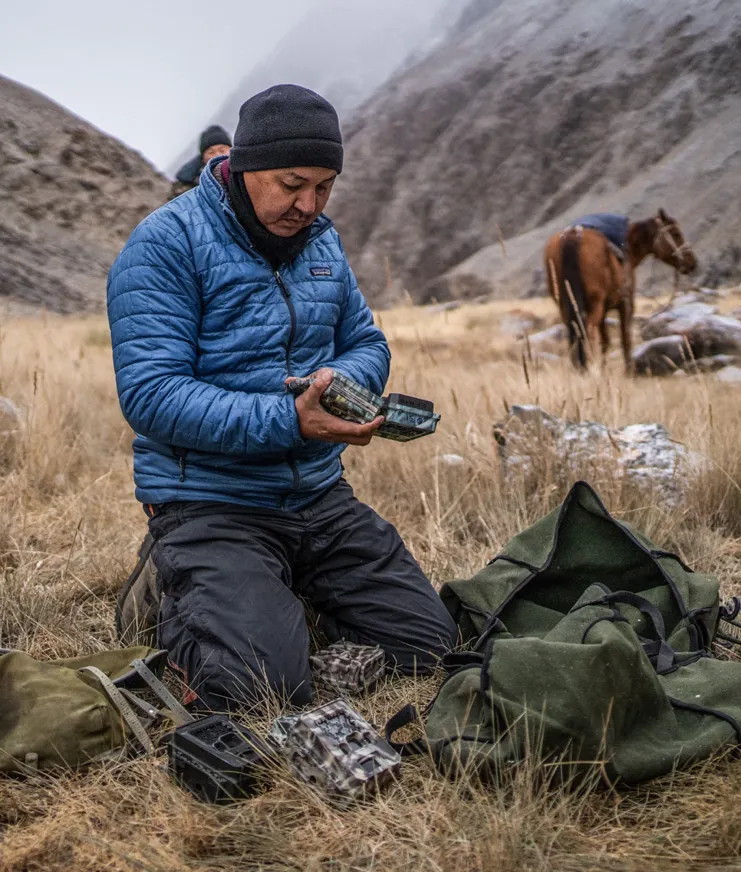
Kuban Zhumabai-Uulu From Sarychat-Etash Reserve, Kyrgyzstan

Sarychat-Etash Reserve Kyrgyzstan

Chris Beard From Wild Expeditions
When animals are physically injured or mentally damaged, you would assume they’d be lucky to end up in a rehabilitation center or animal sanctuary to be nursed back to health and released to the wild, or if that’s not possible, to be given a safe home for the remainder of their lives.
Unfortunately, this isn’t always the case and some less genuine “sanctuaries” and “rehab centers” are more focused on financial gain than animal welfare. Before visiting, try to make sure a facility does not partake in:
Oftentimes the ethical facilities, wildlife attractions, and experiences are not only less hands-on, but they can cost a premium. Try not to be put off by these higher prices if your budget allows, as supporting them will increase their ability to do good work.
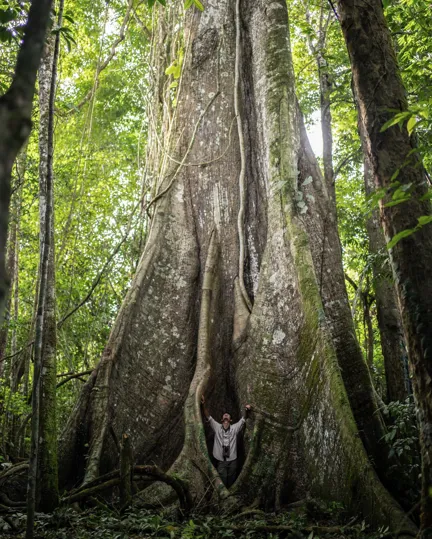
Always question If the focus of the park is the welfare of the wildlife and habitat

Langur A black primate
The African safari is on almost everyone’s bucket list. The idea of searching for incredible, iconic animals across the savannah and into the bush ignites a sense of wonder like no other. It also seems to most as one of the purest and most ethical wildlife experiences possible. What could be more ethical than taking photos of truly free animals living their natural lives unaffected by us? It’s more complicated than that.
The history of safari was heavily built on colonialist hunting culture and the killing of trophy animals such as lions, leopards, tigers, or elephants as a status symbol. And as much as the camera has now replaced the gun in many cases, there is still an uncomfortable and sobering reality that many safaris are still run in a similar fashion: animals tend to be fenced in by the landowner and visitors still partake in hunting animals.
When choosing which safari or similar activity to join, make sure you research the purpose and ethos of the organization running it. Do they operate in canned hunting (releasing captive animals specifically to be tracked and hunted)? Have they defined the maximum number of visitors in the park at any given time? Is the primary focus of the park the welfare of the wildlife and habitat? These questions are important as there are too many unethical businesses that put profit above ethics.
In Ranthambhore National Park, India, jeep drivers searching for tigers are not allowed to use walkie-talkies to alert one another when a tiger has been spotted. This is to avoid streams of cars appearing wherever the tigers go, giving them stress and altering their natural behavior. There is also a maximum number of guests allowed in the park, which is zoned into areas that can be accessed at different times of day to allow a refuge for the animals, away from the glare of humans.
There are ways to manage safaris and other wildlife-based attractions fairly, ways that are being implemented today, but it is up to us as consumers to know what to look out for, as our decisions on where we spend our money will shape the future of this sector and its ethics.
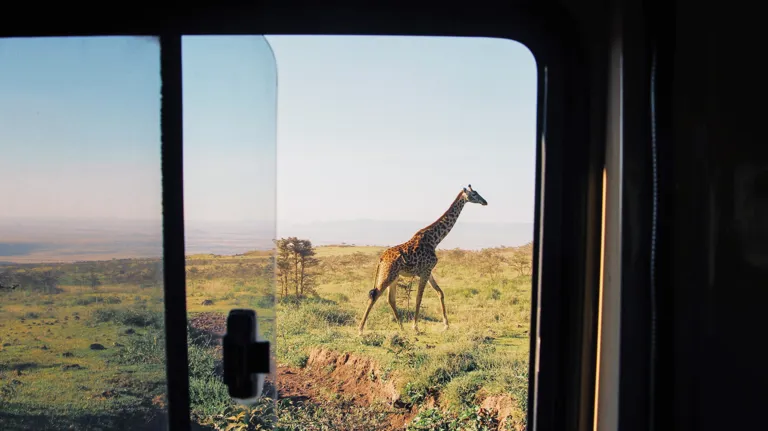
There are ways to manage safaris and other wildlife based attractions fairly Image by Ellena Mcguinne